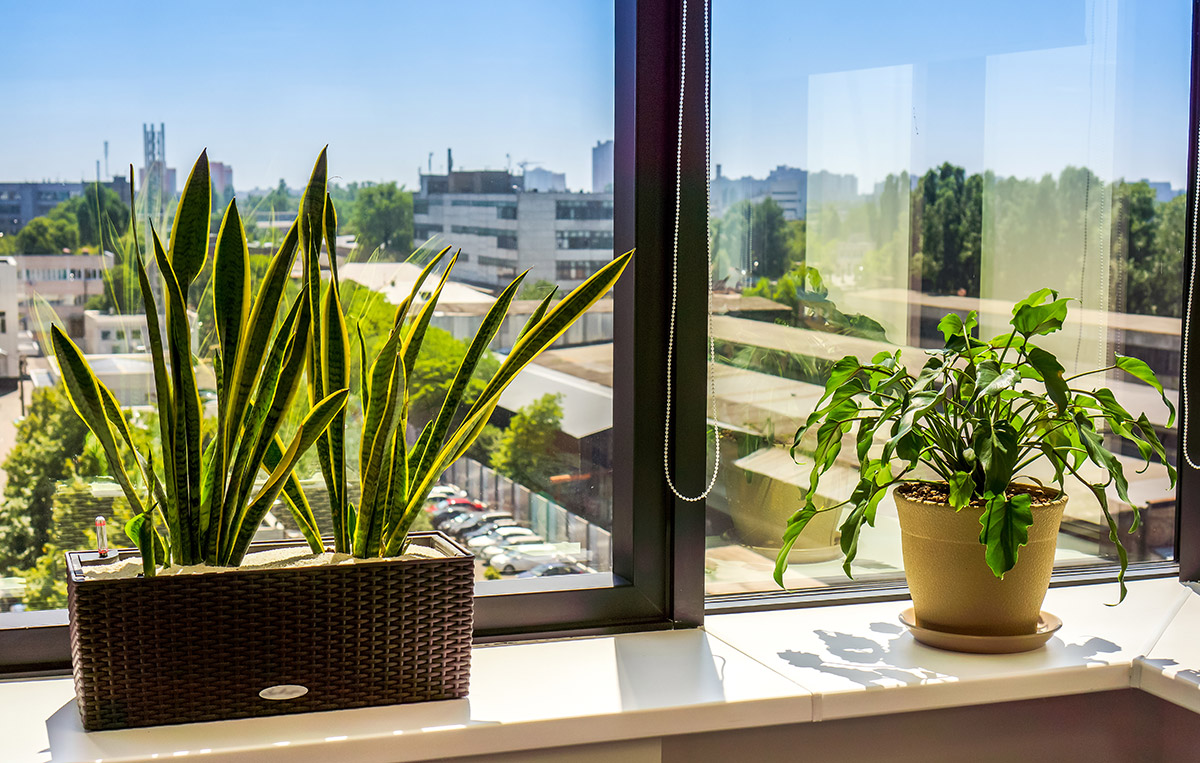What’s a stapled super fund?
A stapled super fund is an existing super account that is linked or ‘stapled’ to an employee. This stapled super fund follows the employee as they change jobs.
What’s changing from 1st November 2021?
From 1st November 21 there are changes to superannuation requirements for new employees. If your new employee is eligible to choose a super fund but doesn’t, you may need to request their ‘stapled super fund’ details from the Australian Taxation Office (ATO).
This change should streamline the superannuation process for both employee and employer, by preventing new super accounts from being opened for employees each time they have a job with a new employer.
How do I request stapled super fund details?
You can log in to ATO Online Services to request stapled super fund details. It can also be done on your behalf by a registered tax practitioner.
After you’ve submitted your employee’s tax file number declaration and/or Single Touch Payroll event, you will be able to request that employee’s stapled super fund.
The below information will be required to request a stapled super fund for an employee:
- Employee tax file number
- Employee full name
- Employee date of birth
- Employee address (if TFN could not be provided)
How will I be notified?
If you are using ATO Online Services, you’ll receive the response on-screen. If the request was made on your behalf by an authorised representative, you’ll be notified of the outcome of that request. The employee will also be notified of the stapled super fund request and the details provided.
Our team at Solvise are registered BAS Agents and can provide assistance with superannuation lodgement, superannuation guarantee charge statements, reporting and stapled super requests. If you would like a helping hand with this side of your business, don’t hesitate to get in touch with us.
- Advice given is general in nature – always speak to a registered tax practitioner about your specific circumstances.

